Retro Replay Review
Gameplay
Ace Combat Advance brings the popular aerial combat series to a top-down perspective, transforming the traditional flight simulation into an accessible shooter for handheld play. Upon starting each mission, players choose from a selection of aircraft—ranging from nimble fighters to heavily armored bombers—and pair them with a secondary weapon that complements their preferred playstyle. This customization adds depth to each sortie as pilots strategize the best loadout for air superiority or ground assault.
The control scheme is streamlined yet surprisingly nuanced. Players can rotate left or right, execute precision dives, and modulate thrust and braking to navigate through enemy formations and environmental obstacles. The intuitive firing mechanism allows for rapid cannon bursts directly ahead while a secondary weapon—locks, bombs, or missiles depending on the plane—can be deployed to turn the tide of battle. These options create engaging dogfights and mission scenarios that reward skillful maneuvering and timely weapon use.
Each of the 12 missions begins with a concise briefing outlining objectives and priority targets. These briefings not only provide mission context but also encourage strategic planning, especially when deciding which aircraft and armaments will best counter enemy defenses. Objectives vary from air-to-air engagements against elite A.S.F. pilots to ground strikes aimed at crippling critical facilities, ensuring that gameplay remains varied throughout the campaign.
While the top-down view sacrifices some of the cinematic immersion found in console entries, it grants clear situational awareness and faster-paced action. Quick respawns and checkpoint systems keep the gameplay loop engaging, though repeat runs may feel a bit rote once strategies are optimized. Fans of pick-up-and-play shooters will appreciate the tight controls, while series veterans may miss the depth of full 3D flight physics.
Graphics
Graphically, Ace Combat Advance maximizes the capabilities of its handheld platform with crisp sprite work and smooth, multi-directional scrolling. Aircraft are rendered with distinctive silhouettes and recognizable color schemes, making it easy to differentiate friend from foe even in the thick of a dogfight. Explosions and weapon effects, though modest by console standards, deliver satisfying visual feedback that punctuates the intensity of each engagement.
Environment art strikes a balance between functional clarity and aesthetic detail. Ground textures, urban landscapes, and coastal regions are adorned with subtle shading and parallax layers, giving a sense of depth within the constraints of the hardware. Weather effects—such as drifting clouds and smoke trails—lend atmosphere to missions, though the palette occasionally feels muted under overcast conditions.
Animation frames are fluid, with planes banking and diving convincingly despite the smaller sprite sizes. The camera scrolls dynamically to keep the action centered, though rapid strafing runs near the edges of the map can occasionally cause brief visual jitter. Still, the overall performance remains stable, with minimal frame drops even during large-scale aerial exchanges.
While die-hard fans of modern high-definition visuals might find the presentation simplistic, the art direction captures the essence of high-stakes air combat. By focusing on readability and consistent performance, the game ensures that no detail goes unnoticed, allowing players to lock onto enemy targets and assess threats without graphical distractions.
Story
The narrative framework of Ace Combat Advance pits the independent Air Strike Force (A.S.F.), a privatized mercenary squadron owned by General Resources Ltd., against an alliance of nations united as the United Air Defense (U.A.D.). With the A.S.F. leveraging superior firepower to secure economic dominance for their corporate masters, the U.A.D. emerges as the world’s last line of defense. This corporate-versus-state conflict offers a modern twist on the series’ recurring themes of power and accountability.
Although the story is primarily relayed through mission briefings and minimal in-game dialogue, it effectively sets the stage for each operation. Players feel the weight of the global stakes as they work to thwart corporate aggression and protect civilian populations. The stark contrast between profit-driven mercenaries and an international coalition fighting for stability lends the campaign a palpable sense of urgency.
Cutscenes are limited but purposeful, using static artwork and text overlays to highlight key plot developments. While this minimalist approach may disappoint those expecting cinematic flair, it keeps the focus on gameplay and allows the pacing to remain brisk. The brief glimpses of corporate boardrooms and frontline skirmishes do enough to sustain player investment without bogging down the action.
Ultimately, the story serves as a compelling backdrop for the aerial battles. By weaving corporate intrigue and global geopolitics into the Ace Combat universe, Advance offers more than just run-and-gun mechanics. It invites players to consider the moral implications of privatized warfare, even as they pull off barrel rolls and missile lock-ons in the heat of combat.
Overall Experience
Ace Combat Advance delivers a focused aerial combat experience that shines on portable hardware. Its streamlined controls and smart mission design make it an excellent choice for pick-up-and-play sessions, while the variety of aircraft and weapons encourages experimentation. Although it lacks the expansive narrative and detailed flight models of its console counterparts, it compensates with brisk pacing and accessible mechanics.
The campaign’s 12 missions provide a satisfying arc, from initial skirmishes to high-stakes confrontations against the A.S.F.’s elite squadrons. Replayability is enhanced by the option to revisit missions with different aircraft or loadouts, challenging players to optimize performance and complete secondary objectives. Side-by-side, these challenges extend the game’s lifespan beyond a single playthrough.
Sound design is another highlight: rumbling engine noises, crisp weapon fire, and urgency-laden radio chatter immerse players in every sortie. While the handheld’s speakers can sometimes muffle finer audio details, the core effects remain impactful, and the soundtrack’s energetic beats keep adrenaline levels high throughout the campaign.
For fans of aerial shooters and long-time Ace Combat devotees seeking a portable fix, Ace Combat Advance hits the mark with its engaging gameplay loop and solid production values. Its balance of accessibility and tactical depth ensures that both newcomers and series veterans can find enjoyment in each mission. Though brief in length, the game leaves a strong impression and stands as one of the platform’s standout action titles.
 Retro Replay Retro Replay gaming reviews, news, emulation, geek stuff and more!
Retro Replay Retro Replay gaming reviews, news, emulation, geek stuff and more!
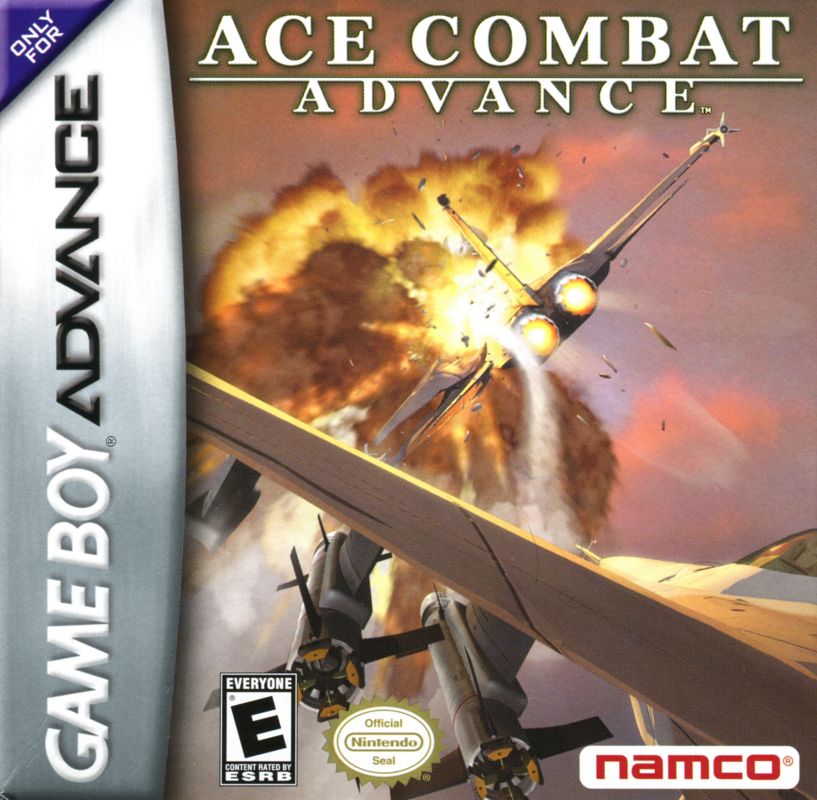
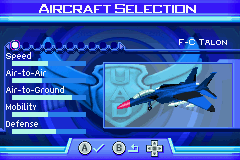
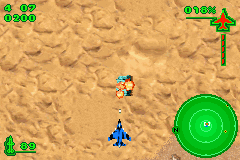

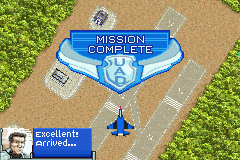
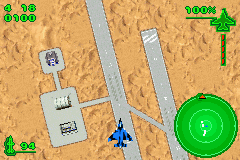



Reviews
There are no reviews yet.